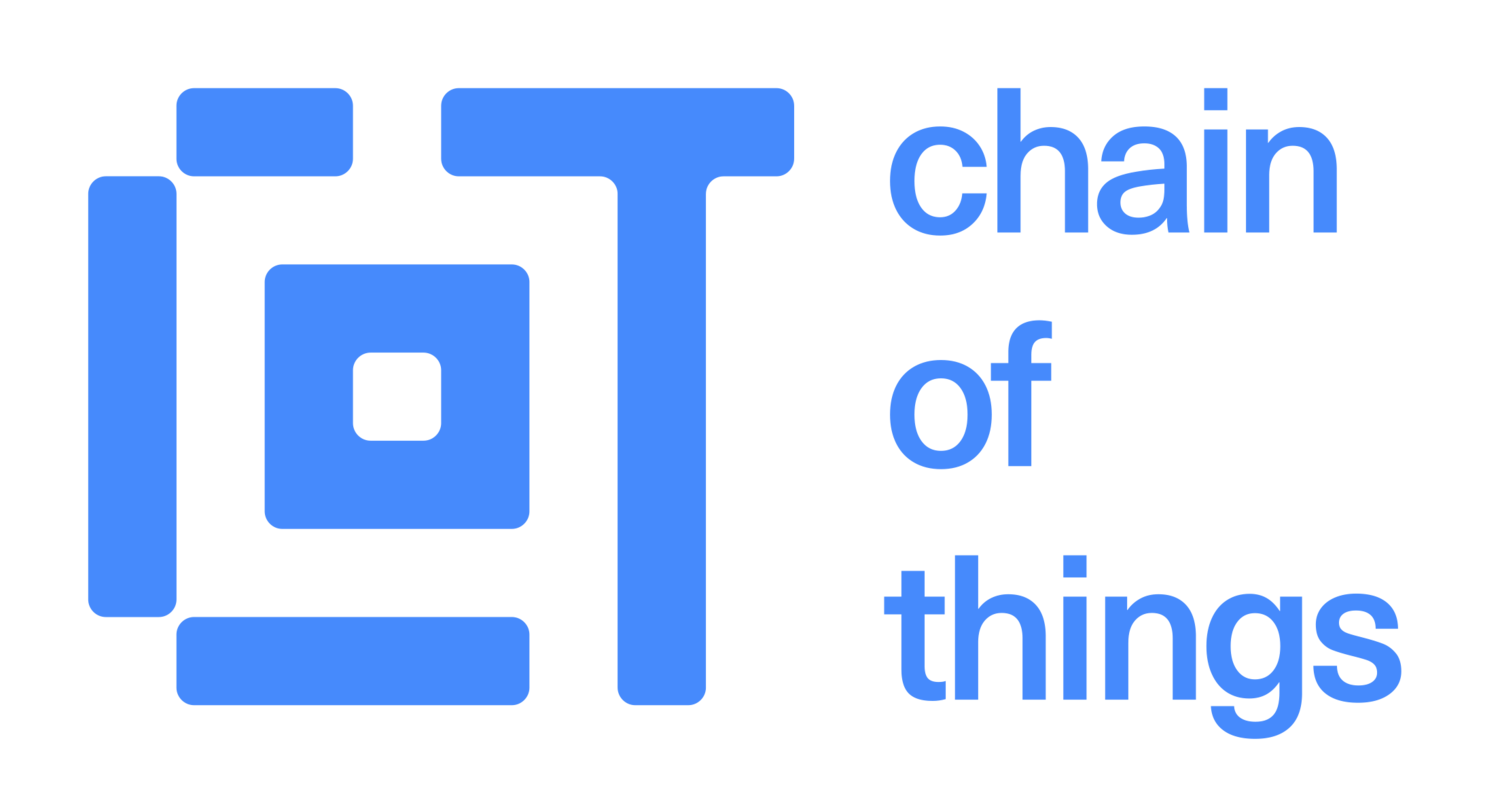One of the areas that could have significant potential for blockchain-enhanced IoT tech is facilities management. The advent of smart cities and intelligent buildings is transforming the facilities management and maintenance industry, applying new technologies to enhance operations, safety, security, and customer experience. This will require usage of a multitude of sensors and devices for the many different areas of facilities operation. The diverse nature and large volume of machines and devices in facilities will include environmental systems, electricity supplies, refrigerators, elevators and escalators, IT systems, and security cameras, motion detectors, and monitors.
Indeed, facilities management is a key target industry of major tech giants rolling out their IoT platform offerings. In June, IBM announced an agreement with Copenhagen-based ISS to use IBM Watson IoT to transform management of more than 25,000 buildings globally. ISS adoption of IoT tech is not surprising as the Danish corporation published a White Book in 2011 on the future of facilities management, heavily citing IoT as a transformative technology for its industry. Earlier this month, Samsung and SK Telecom revealed a plan to launch a national IoT network for South Korea, a LoRaWAN with facilities management as a major component.
The coming of IoT, smart cities and smart buildings may bring benefits to facilities management that include cost reduction, more efficient systems, and better quality of life for workers, but flaws in security of networks and devices could prove catastrophic. Device identity and security will be a key factor in maintaining overall security of buildings and their systems against cyber attacks.
This is why blockchain technology could prove to be an important solution for facilities management. Blockchains can be utilized to authenticate device identity, protect and supply data, handle access to facilities, and process transactions in the operations of facilities, all in a distributed way. For example, the IBM Watson IoT platform can include a private blockchain integration that enables IoT devices to send data to private blockchains for inclusion in shared transactions with tamper-resistant records. Distributed replication of the blockchain allows customers and business partners to access and supply IoT data without the need for central control and management. The blockchain can also be used to release payment for services or use of facilities once certain agreed upon conditions are met and tracked.
In another example, a UK based blockchain applications startup and member of the Chain of Things (CoT) consortium, Zerado, is developing a pilot solution for the management of shared offices in buildings, particularly incubator, accelerator or co-working (IAC) space facilities. The solution, dubbed “Doorknob”, provides “integrated, reliable, frictionless, and secure registration” for accessing facilities, whether as a newcomer or an experienced user. Registered members or guests gain access to offices or meeting rooms by tapping a contactless credit card or smart card to a reader. Once a member or visitor is on-boarded, they no longer need to recall their details to reception, only tap their card on the reader. Building manages are provided with a thorough database of visitors, their behaviour and subsequent management information, enabling comprehensive understanding of a community and new ways in which to engage and improve offerings. With smart cards, frictionless payment will also be available for office and meeting room utilization, gym and recreational access, and food and drink provision. Moreover, Zerado foresees that, with a combination of the blockchain-based payments technology and a sophisticated stocktaking system, restaurants and bars will able to be assimilated into the facility operator’s internal technological infrastructure.
For CoT, the key importance of blockchain to IoT is device security, rather than payment or customer data security on its own. As with other industries that will experience an explosion of devices and M2M communication, the greatest threat to IoT in facilities management is flawed security. CoT is investigating utilization of blockchain technology to secure IoT devices and sensors that might be used in facilities operation. CoT believes that this can be accomplished by authenticating devices and data points of origin, securely sending data from devices to blockchains, maintaining data security on the blockchain, and sharing data securely with individuals and devices by using private and public keys. CoT is currently developing an independent tiny connected sensor module that will report its status directly to the blockchain, which will serve as a development platform to explore new use cases during our next case study later this year.
By Hans Lombardo
